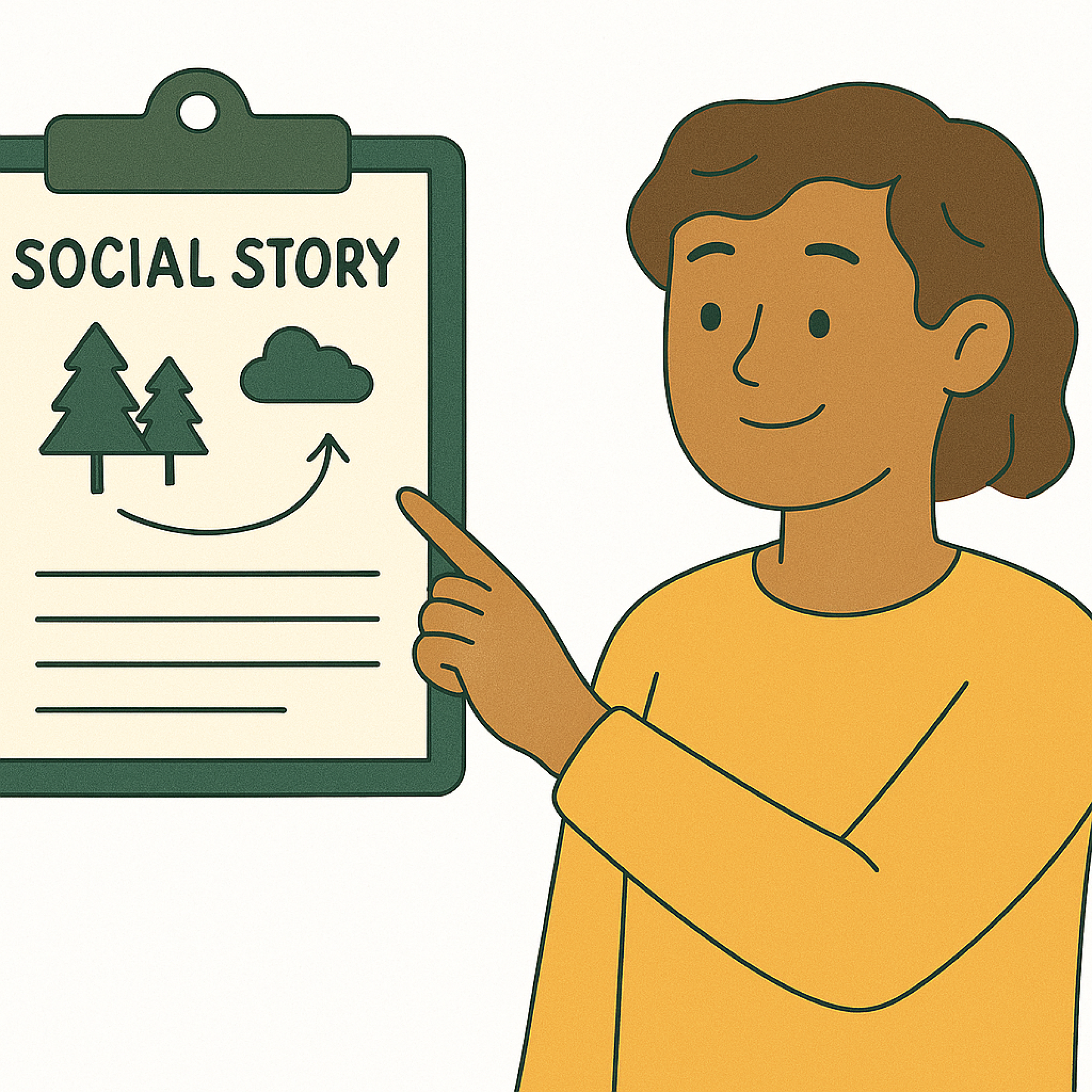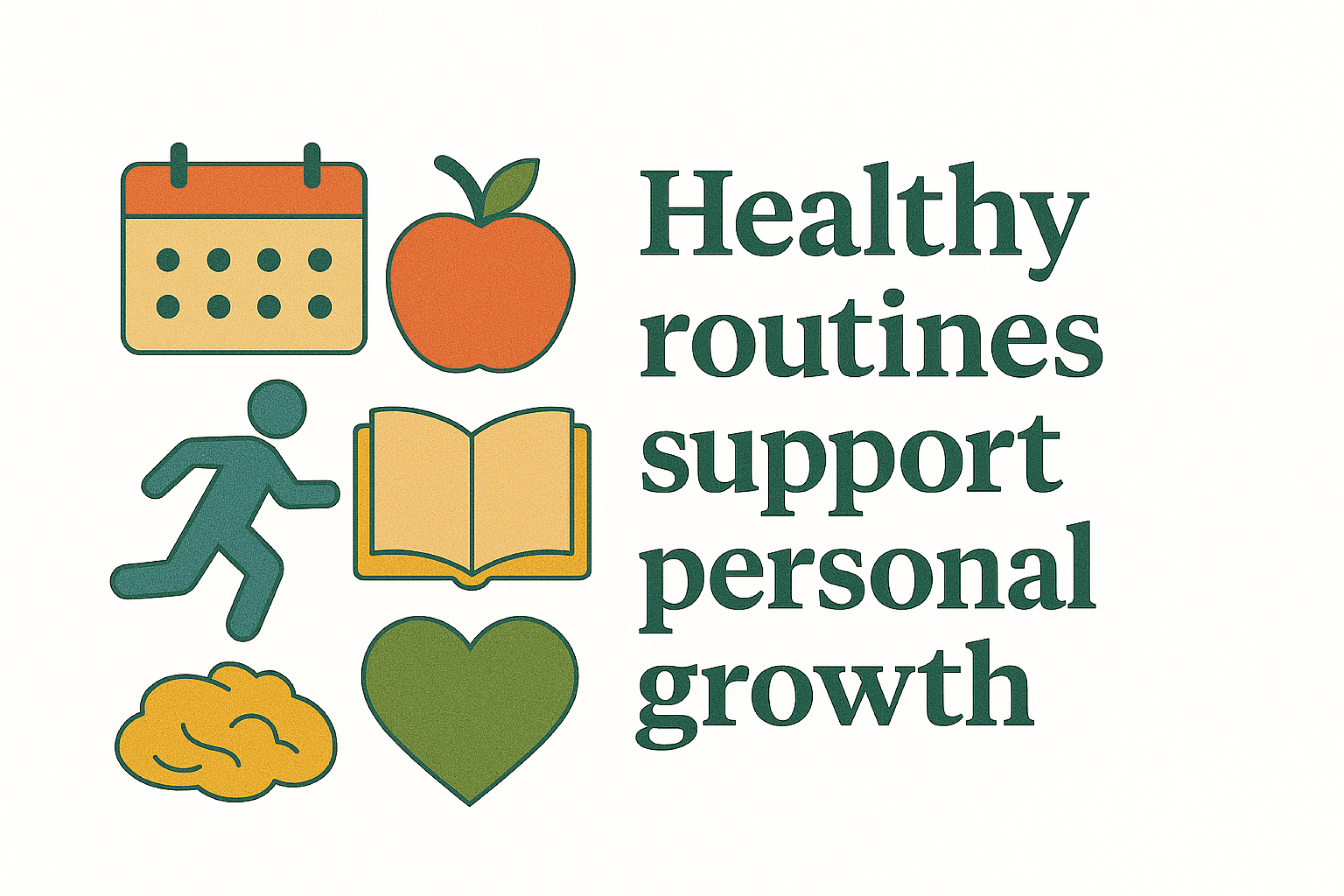Healthy Routines
Introduction
For adults with learning disabilities and autism, daily routines are more than just schedules—they are essential frameworks that foster security, independence, and a sense of personal control. At Has2bhappy, we believe that well-structured, flexible routines are powerful tools to promote well-being and support individuals to live full, meaningful lives.
This article explores how healthy routines can empower adults in supported living, supported by research and real-world examples from compassionate care practices.
Why Routines Matter
Predictability Reduces Anxiety
A consistent routine helps reduce anxiety, especially for individuals with autism, who often struggle with unpredictability and transitions. According to the National Autistic Society (NAS), many autistic people experience heightened anxiety when faced with unexpected changes. Routines provide a predictable rhythm to the day, helping individuals feel safe and in control.
Evidence: A 2013 study published in Autism Research (Boyd et al.) found that structured routines reduce stress-related behaviours in autistic individuals, especially when reinforced visually or through step-by-step reinforcement techniques.
Promoting Independence and Life Skills
Routines help service users build independence by turning complex tasks into repeatable, manageable sequences. Over time, what once required prompting can become self-initiated behaviour.
Research Insight: A review published in Journal of Applied Research in Intellectual Disabilities (2010, Matson et al.) highlighted how visual schedules and routine-based teaching improved daily functioning and task independence in adults with learning disabilities.

Components of a Healthy Routine
1. Morning Structure: A Positive Start
A calm, predictable morning can set the tone for the whole day. Key components might include:
Wake-up at a consistent time
Gentle stretching or preferred sensory activity
Visual daily planner or picture schedule
Choice-based breakfast routine
Real-World Example:
In a supported house, Sarah, who has moderate autism and struggles with verbal communication, starts her day with a visual board showing her sequence: toilet ➜ wash hands ➜ dress ➜ breakfast. Over time, her reliance on staff prompts has reduced, and she now completes the first three steps independently.
2. Personal Care: Building Self-Esteem Through Hygiene
Routines around grooming and hygiene are essential for self-esteem and health.
Use of colour-coded items (e.g., blue toothbrush, green flannel)
Step-by-step laminated cards in the bathroom
Praise and positive reinforcement after completion
Tip: Pair routines with calming music or a reward system for consistency.
3. Activity Planning: A Balance of Structure and Choice
Daily plans should include:
Meaningful activities (e.g., volunteering, crafting, walking)
Downtime and rest periods
At least one “free choice” block to encourage autonomy
Real-World Example:
James, a man with mild learning disabilities and epilepsy, uses a simple picture diary. Staff go over the day with him after breakfast, offering three activity options he can choose from. Over six months, his engagement in activities rose from 50% to 90%.
4. Healthy Eating: Routine Meets Nutrition
Meal routines can encourage:
Eating at regular intervals
Participating in meal preparation
Visual menus showing healthy options
Real-World Strategy:
Introduce “Make-Your-Own Mondays,” where service users build sandwiches or salads from prepared options. This builds autonomy while reinforcing healthy choices.
5. Sleep Hygiene: Calming the End of the Day
Set a consistent bedtime
Establish a “wind-down” routine (e.g., soft lighting, sensory box)
Avoid screens an hour before sleep
Evidence: According to a 2020 article in Frontiers in Psychiatry (Richdale & Baker), structured bedtime routines significantly improved sleep quality in autistic adults, especially when accompanied by calming sensory supports.
Empowering Staff to Support Routines
Staff play a critical role in helping routines succeed. Key strategies include:
Gentle prompting vs. over-assistance: Allow space for autonomy.
Consistent language: Use the same terms and visuals daily.
Flexibility: Support individuals to adapt routines if needed—rigid routine can also become a source of anxiety.
Practice: At the end of each shift, staff review which parts of the routine worked, where support was effective, and what could be refined.
– Staff Reflection

When Routines Go Wrong: Learning with Compassion
Sometimes routines break—unexpected appointments, illness, or a bad mood. These are growth opportunities:
Offer choices to give back a sense of control
Use social stories to prepare for changes
Debrief after to build resilience
Example:
When Alan’s trip to the garden centre was cancelled due to weather, staff used a short social story explaining the change and offered two indoor alternatives. Although initially upset, Alan chose painting and stayed engaged for 45 minutes.
Conclusion: A Foundation for Thriving
Healthy routines empower adults with learning disabilities and autism by creating stability, promoting autonomy, and enhancing emotional and physical well-being. For staff, routines are tools to facilitate support with dignity and care.
By combining evidence-based strategies with warm, person-centred practices, we help individuals not only to cope—but to thrive.
References
Boyd, B. A., McDonough, S. G., & Bodfish, J. W. (2013). Evidence-based strategies for managing repetitive behaviors in autism. Autism Research, 6(6), 446-459.
Matson, J. L., et al. (2010). Teaching daily living skills to individuals with mental retardation. Journal of Applied Research in Intellectual Disabilities, 23(6), 597–604.
Richdale, A. L., & Baker, E. K. (2020). Sleep in adults with autism spectrum disorder. Frontiers in Psychiatry, 11, 575152.
National Autistic Society. (2024). Understanding anxiety and autism. www.autism.org.uk

